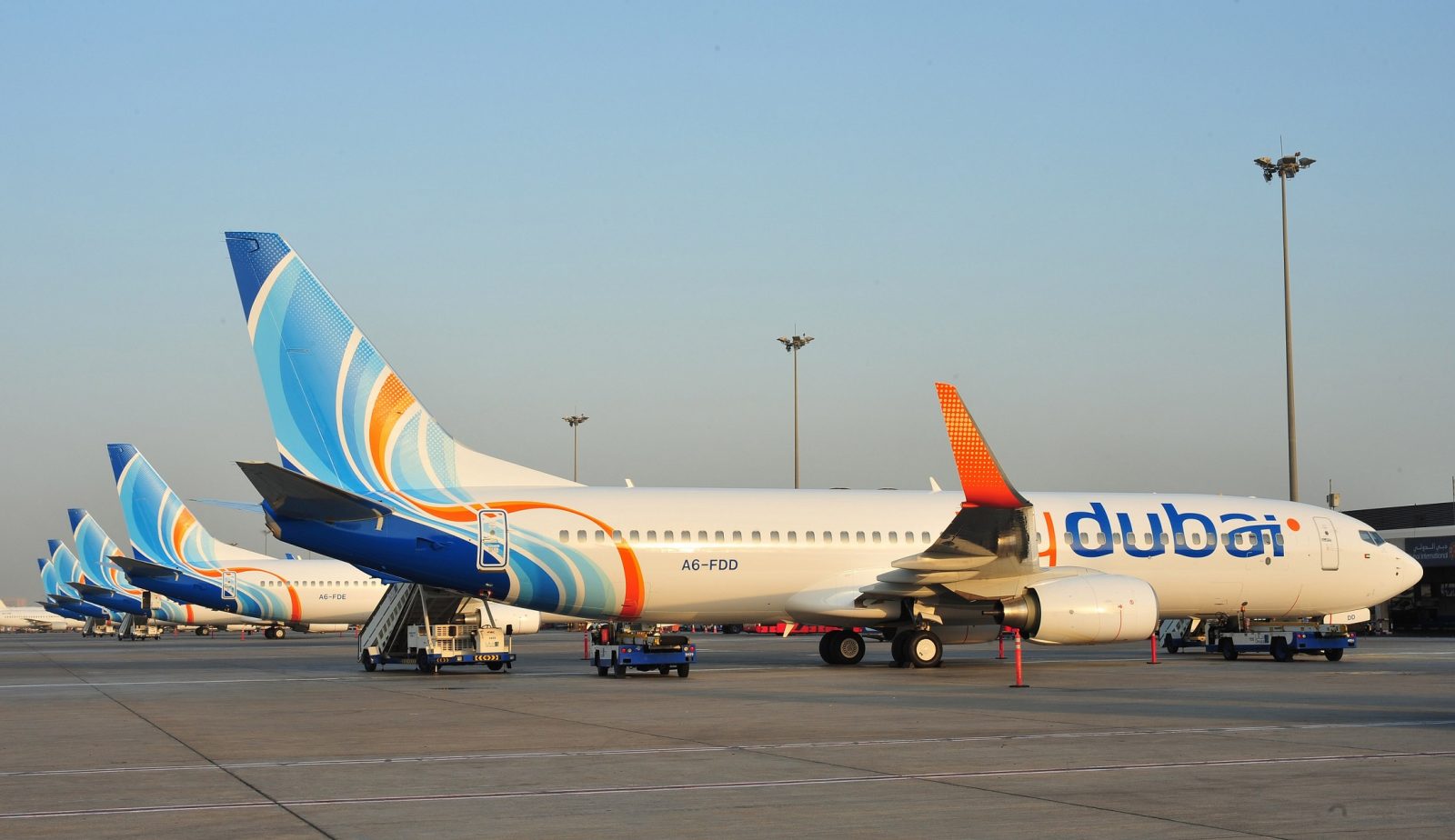
Rising oil prices have not been kind to low-cost airline flydubai as the airline today reported a huge $86.3 million USD loss for the first six months of the year. The loss compares to a $10.1 million profit the Dubai-based carrier made in its full-year results for 2017. flydubai expects the second half of 2018 to be just as challenging on the back of rising operational costs.
Rising oil prices have been a double-edged sword for Persian Gulf airlines, especially those in the United Arab Emirates. While the rising oil price has helped attract higher spending business passengers who work in the oil and gas sector back to the region, airlines have struggled to increase yields in line with costs.
Oil price rise a double edged sword
flydubai says the cost of Brent Crude has gone up by some 35% in the last year – with the impact being “felt more quickly” than was originally planned for. The airline also cites a challenging “economic and geopolitical climate” as dampening the demand for travel which in turn has affected its financial performance.
In more positive news, total revenue grew by 10.4% compared to the same period last year and yield (the amount of money made from each passenger) has also “stabilised” – like many airlines, flydubai has been forced to offer deep discounts as a way to encourage passengers to fly with the airline, so this could be seen as an encouraging development.
Closer cooperation with sister airline, Emirates
Passenger numbers, however, have just about “remained steady” as flydubai tempers both its fleet and route network expansion. Despite the airline launching 10 new routes to much fanfare, the carrier also dropped 10 other routes to destinations such as Bangkok, Dhaka and Tehran.

This is in part down to the new commercial arrangement that flydubai has with Emirates – both are owned by the government of Dubai but are run as separate business entities. Last year, the two airlines agreed a wide-ranging cooperation deal which has seen codesharing, route synergies, terminal sharing and the merging of flydubai’s frequent flyer programme into the Emirates Skywards programme.
Fleet renewal and a huge aircraft order
Despite an aggressive fleet renewal strategy, flydubai’s fleet size has also remained largely the same at around 61 aircraft – in the second half of the year, flydubai plans to take delivery of seven brand new Boeing 737 single-aisle aircraft including four 737 MAX 8 aircraft and a slightly larger 737 MAX 9 aircraft.
It’s not clear whether these will be additions to the fleet or simply replacing older aircraft – however, the greater range of the MAX variant will allow flydubai to open up new and longer routes than weren’t possible with its older 737 aircraft.
At the Dubai Air Show last year, flydubai placed a massive $27 billion USD order for up to 225 Boeing 737 aircraft which should all be delivered by 2023.
“Although higher oil prices will continue to affect our operating costs and performance in the second half; pricing stability at the current level is also likely to stimulate demand for regional travel,” explained Ghaith Al Ghaith, flydubai’s chief executive in comments accompanying the latest financial results.
Mateusz Maszczynski honed his skills as an international flight attendant at the most prominent airline in the Middle East and has been flying ever since... most recently for a well known European airline. Matt is passionate about the aviation industry and has become an expert in passenger experience and human-centric stories. Always keeping an ear close to the ground, Matt's industry insights, analysis and news coverage is frequently relied upon by some of the biggest names in journalism.







